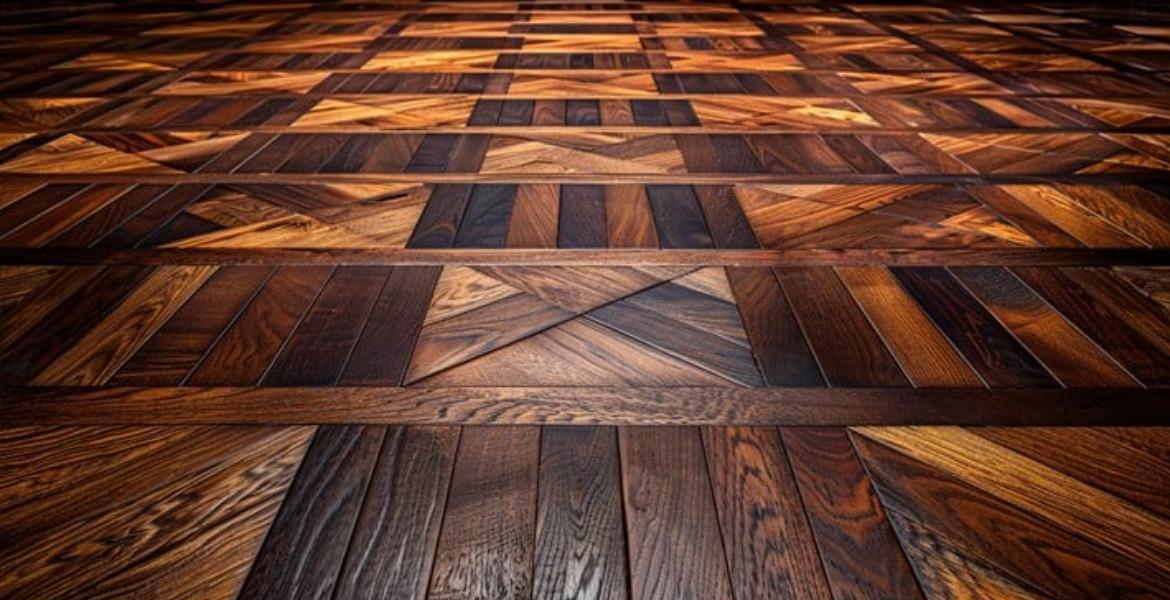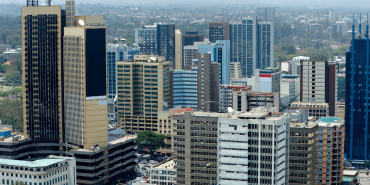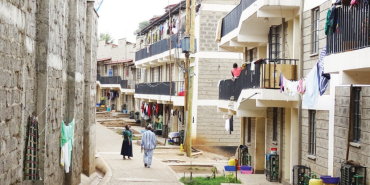Kenya’s Heritage Floors Make a Comeback as Parquet, Terrazzo and Concrete Gain Popularity

A striking design trend is underway in Kenya's architectural landscape as parquet, terrazzo, and polished concrete flooring, previously relegated to older properties and institutional buildings, are being reimagined for contemporary spaces.
Driven by a combination of nostalgia, sustainability, and design adaptability, this resurgence is more than a fleeting fashion; it signifies a fundamental shift in consumer values and design preferences. According to industry experts, the revived interest in these heritage flooring options reflects a broader move towards environmental consciousness and a desire for unique architectural statements. As modern Kenyan architecture blends tradition with innovation, these floors stand out for their longevity, aesthetic appeal, and sustainable credentials.
Increased Demand and Drivers
Kelvin Kirimi, General Manager at Struchem Africa, a construction firm specialising in flooring and waterproofing solutions, confirms a steady rise in demand for heritage floors over the past five years.
“Younger homeowners and designers are at the forefront of this revival,” Kirimi notes.
He attributes this trend to increased exposure to global architectural styles and digital design platforms such as Pinterest, which have broadened design perspectives. This influence has encouraged a new generation to look beyond standard ceramic tiles, instead embracing materials that imbue spaces with character and a sense of history. The distinctiveness and individuality offered by parquet, terrazzo, and polished concrete are key drivers in their growing popularity.
Durability, Sustainability, and Customisation
One of the primary appeals of these vintage floors is their superior durability and sustainability compared to conventional alternatives. Unlike ceramic tiles, which often follow standardised patterns and require frequent replacement, heritage floors offer both extended lifespans and considerable design flexibility.
With appropriate maintenance, including re-sanding and restoration, parquet flooring can last up to 50 years. Terrazzo and polished concrete also boast impressive lifespans, frequently exceeding three decades.
Crucially, these floors can be refurbished numerous times without requiring full replacement, making them a cost-effective and environmentally sound option.
Sustainability is a significant factor influencing their renewed popularity. Terrazzo flooring incorporates recycled materials such as glass and stone chippings, while polished concrete utilises existing concrete slabs, thereby reducing the need for additional resources.
Kirimi highlights, “These methods are inherently more sustainable than retiling every few years, aligning with the increasing demand for environmentally conscious construction practices.”
Challenges in Polished Concrete Installation
Despite the benefits, the resurgence of heritage floors is not without its challenges, particularly in the case of polished concrete. Achieving the desired finish with polished concrete depends heavily on the quality of the base slab. Poor workmanship in slab construction is a pervasive issue in Kenya, often rendering floors unsuitable for polishing.
“We recommend using concrete of class 25 and above,” Kirimi advises. “Unfortunately, many buildings use class 20, which cannot withstand the grinding and polishing process. We turn down approximately 80 percent of requests for polished concrete due to structural deficiencies.”
The installation process for polished concrete is meticulous, starting with sanding the slab to expose its natural texture. This is followed by polishing with specialised pads to achieve a matte, glossy, or super-glossy finish. A concrete hardener is applied to strengthen the surface, and a sealant protects against stains and dirt. While the end result is visually striking and easy to maintain, the initial slab must meet stringent specifications to ensure durability.
Evolving Installation Techniques and Costs
Samuel Mungai, founder and director of StoneKraft Limited, which restores and installs terrazzo, marble, and polished concrete floors, reinforces Kirimi’s concerns. He stresses the importance of proper slab preparation and notes the evolution of installation techniques.
“Today’s heritage floors are not the same as those from decades ago,” Mungai explains. “We use advanced tools and materials that enhance both the appearance and performance of these surfaces.”
One of the most significant advances in terrazzo flooring is the use of epoxy binders, which provide greater flexibility and aesthetic options compared to traditional cement. Epoxy allows for a wider range of colours and finishes, making terrazzo more adaptable to modern design schemes. However, this innovation adds to the cost. Depending on the type of aggregates and binders used, terrazzo flooring can range from Sh1,600 to Sh10,000 per square metre. Polished concrete typically costs between Sh1,500 and Sh3,500 per square metre.
Long-Term Value and Versatility
Kirimi encourages clients to consider the total cost of ownership rather than focusing solely on upfront installation expenses. “Tiles may be cheaper initially, but they often require replacement within 10 to 15 years,” he says. “Heritage floors, on the other hand, are low maintenance and can last for decades.”
The versatility of vintage floors also contributes to their growing popularity. Parquet flooring, for example, can be customised with various patterns such as chevron, herringbone, and basket weave, enabling homeowners to express their personal style. This level of customisation is rarely achievable with ceramic tiles, which tend to follow uniform designs.
In terms of application, polished concrete is often preferred in commercial settings such as shopping centres, warehouses, and hotels due to its sleek appearance and durability. Parquet remains a staple in residential homes and hotels, particularly in bedrooms, where its warmth and homeliness are appreciated. Terrazzo, with its distinctive speckled charm, is making a comeback in kitchens and bathrooms, offering both visual appeal and resilience.








Add new comment